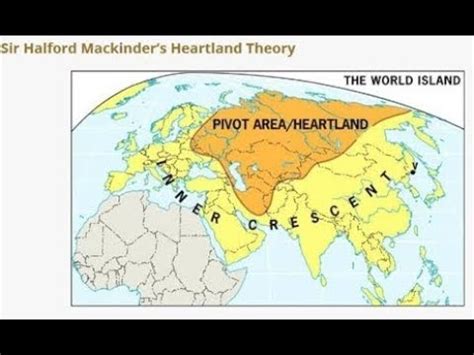Introduction

Irredentism is a political ideology that advocates for the annexation of territories that are historically or ethnically considered to be part of a particular nation but are currently under the control of another nation. It is a powerful force that has shaped the political landscape of many regions around the world, leading to conflicts, border disputes, and tensions. In this article, we will explore the definition and key characteristics of irredentism, examining specific examples from AP Human Geography.
Definition of Irredentism
Irredentism is the belief that a nation has a legitimate claim to territories that are currently under the control of another nation. These territories are often considered to be historically, culturally, or ethnically part of the claiming nation. Irredentism is rooted in a sense of national pride and a desire to unite all members of a nation within a single political entity.
Key Characteristics of Irredentism
- Historical and cultural connection: Irredentist claims are often based on a shared history, culture, or ethnicity between the claiming nation and the disputed territory.
- Nationalism: Irredentism is driven by a strong sense of national identity and a desire to expand the nation’s borders.
- Territorial claims: Irredentists believe that certain territories rightfully belong to their nation and should be annexed, often regardless of the current political boundaries.
- Potential for conflict: Irredentist claims can lead to tensions and conflicts between nations, as they challenge the established territorial status quo.
Examples in AP Human Geography
- Alsace-Lorraine: This region of France was annexed by Germany in 1871. French irredentists advocated for its return, and it was eventually reintegrated into France after World War I.
- Transylvania: This region of Romania was part of Hungary until 1920. Hungarian irredentists still claim this territory as part of their nation.
- Kashmir: This region is disputed between India and Pakistan. Both countries have irredentist claims to the territory, which has led to multiple wars and ongoing tensions.
- South Tyrol: This region of Italy was part of Austria until 1919. Austrian irredentists still advocate for its return to Austria, but the region remains part of Italy.
Table 1: Examples of Irredentism in AP Human Geography
| Region | Claiming Nation | Disputed Territory |
|---|---|---|
| Alsace-Lorraine | France | Germany |
| Transylvania | Hungary | Romania |
| Kashmir | India | Pakistan |
| South Tyrol | Austria | Italy |
Impacts of Irredentism
Irredentism can have significant impacts on the political landscape, including:
- Border disputes and conflicts: Irredentist claims can lead to disputes over borders, which can escalate into armed conflicts.
- Political instability: Irredentism can destabilize regions by creating tensions and mistrust between nations.
- Nationalism and identity politics: Irredentism can fuel nationalism and identity politics, which can divide societies and hinder cooperation.
- Potential for violence and human rights abuses: In extreme cases, irredentism can lead to violence, ethnic cleansing, and other forms of human rights abuses.
Conclusion
Irredentism is a powerful political ideology that can shape the political landscape and lead to conflicts and tensions. It is a complex issue that requires careful analysis and understanding. By examining specific examples of irredentism in AP Human Geography, we can gain a deeper understanding of its causes, impacts, and potential for resolution.
